As Haley Fisk finishes her last year of high school, she’s working on a project that’s close to her heart.
When the 17-year-old Grand Rapids, Michigan, resident considered a project that would earn her the Girl Scouts Gold Award, she turned to helping people who have been diagnosed with celiac disease.
Celiac is an autoimmune disease that causes damage to the small intestine and makes it difficult for the body to absorb nutrients from food. About 1 in 133 Americans has celiac disease.
Haley’s diagnosis
When Fisk turned 7 years old, she started experiencing stomach pain within 20 minutes of eating.
The stabbing pains that Fisk described as “extremely painful” were also accompanied by diarrhea and mood swings. Fisk said she remembers spending a lot of time in her school nurse’s office and missing a lot of second grade.
Although Haley often went home from school because she didn’t feel well, she later felt fine at home.
Within three months of seeking medical help, doctors pinpointed the cause of Fisk’s pain.
Renee Fisk, Haley’s mother, said it was a “miracle diagnosis” because Haley had symptoms for about four months and the family had attributed her symptoms to the stress of being in too many activities—Girl Scouts and piano, to name just a couple.
While blood test results revealed Haley had celiac disease, doctors performed a scope to search Haley’s stomach and intestines to confirm the diagnosis.
Karen Lindhout, RN, CRNP, a pediatric nurse practitioner with the gastroenterology at Spectrum Health Helen DeVos Children’s Hospital, explained blood tests measure the antibodies immune systems produce as a response to the gluten.
While blood tests are accurate, but they can show a false positive or negative. For an accurate diagnosis, a biopsy of the small intestine is completed.
“The next steps had to come fairly abruptly,” Haley said. “We began figuring out what I could eat. My family was really involved. They all really made the switch, which helped make the transition process better.”
The family researched what would improve Haley’s health. A key piece of information: Avoiding gluten in food.
Looking back at old pictures, Haley said it’s “really evident” that she was sick because of the bags under her eyes and weight loss.
Living with celiac disease
As the family learned what foods and brands were gluten-free, Renee said she tried making gluten-free “cool” to help Haley feel better about changing the foods she had grown up eating. For the most part, the entire family switched to gluten-free foods, with some minor exceptions.
In the past few years, Renee said, more gluten-free foods have come onto the market, making it even easier for families like hers.
After nearly a decade of learning what foods are safe to eat, Haley said she’s much more cautious now than when she was younger. She looks for specific brands and at labels when grocery shopping. The family has also downloaded an app called Is That Gluten Free?, which helps identify which foods are gluten-free.
“It’s a lifestyle,” Haley said.
Initially, Haley had blood testing done every six months to monitor her antibody levels. Now, she has blood tests run once a year because her celiac antibody levels have remained within a normal range indicating she hasn’t been getting gluten in her diet. Haley attributes it to her way of living.
“Once you get the hang of it, you’re like every other person,” she said.
Helping other patients
Haley is now working toward earning the Gold Award, which is the highest achievement for a Girl Scout.
Her project? Helping people who have celiac disease.
Since receiving the diagnosis means learning which foods won’t cause reactions, Haley said she understands the importance of finding foods that are gluten-free. Newly diagnosed patients might need a helping hand, she figured, and that’s what she provides.
Haley eases their transition by working with her mom to fill baskets with a variety of celiac-friendly foods—cereal, pancake mix, macaroni and cheese, granola bars, nuts and pretzels. Haley also adds recipes and a brochure in each baskets to explain her journey and offer tips about the lifestyle.
So far Haley has made and distributed 40 baskets.
Lindhout said it’s a joy handing out the baskets, and the look on people’s faces is “amazing.”
“She’s taken her disease and turned it into a positive,” Lindhout said of Haley.
Lindhout had a family call to thank them for the basket because it helped their daughter feel like she wasn’t alone in her diagnosis.
Although Haley doesn’t have direct contact with other patients, she’s heard the feedback.
“It feels good to help people who are struggling,” she said.
For people who are newly diagnosed, Haley said it might be intimidating at first, but it does get easier.
“It’s not as scary as you think,” she said.
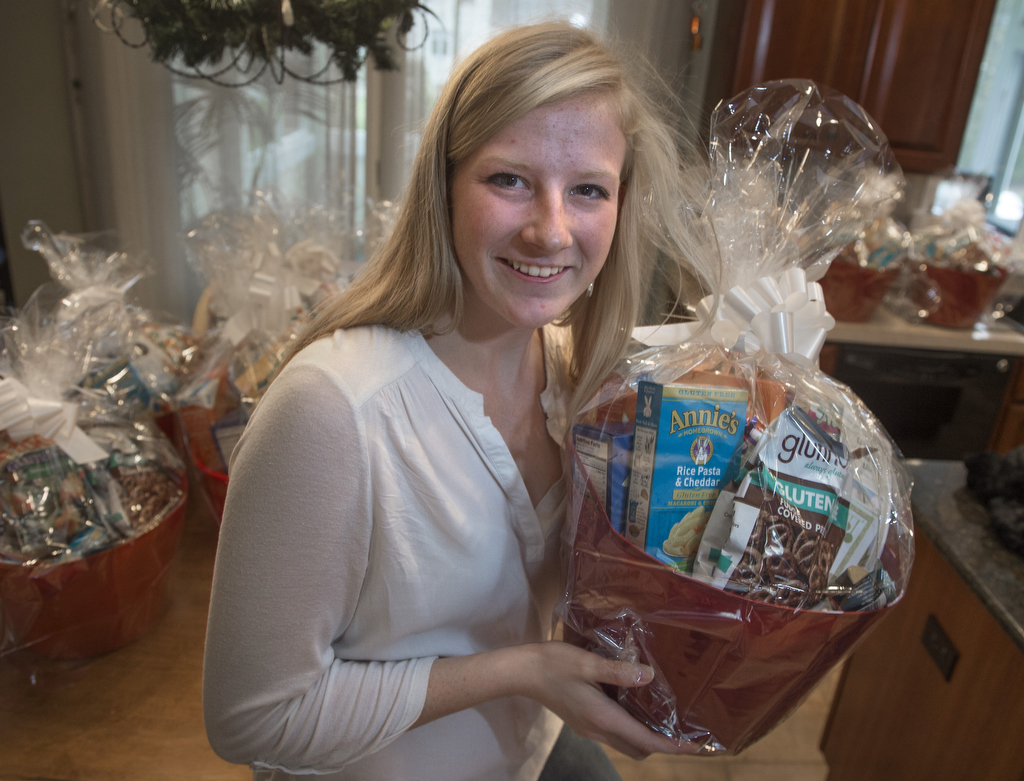
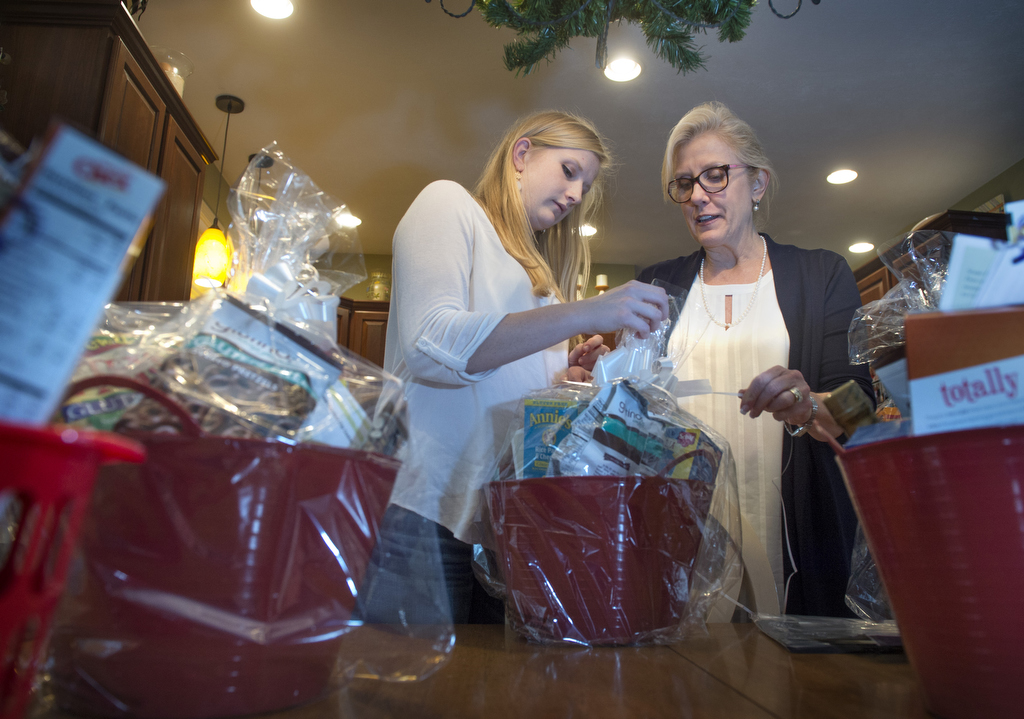
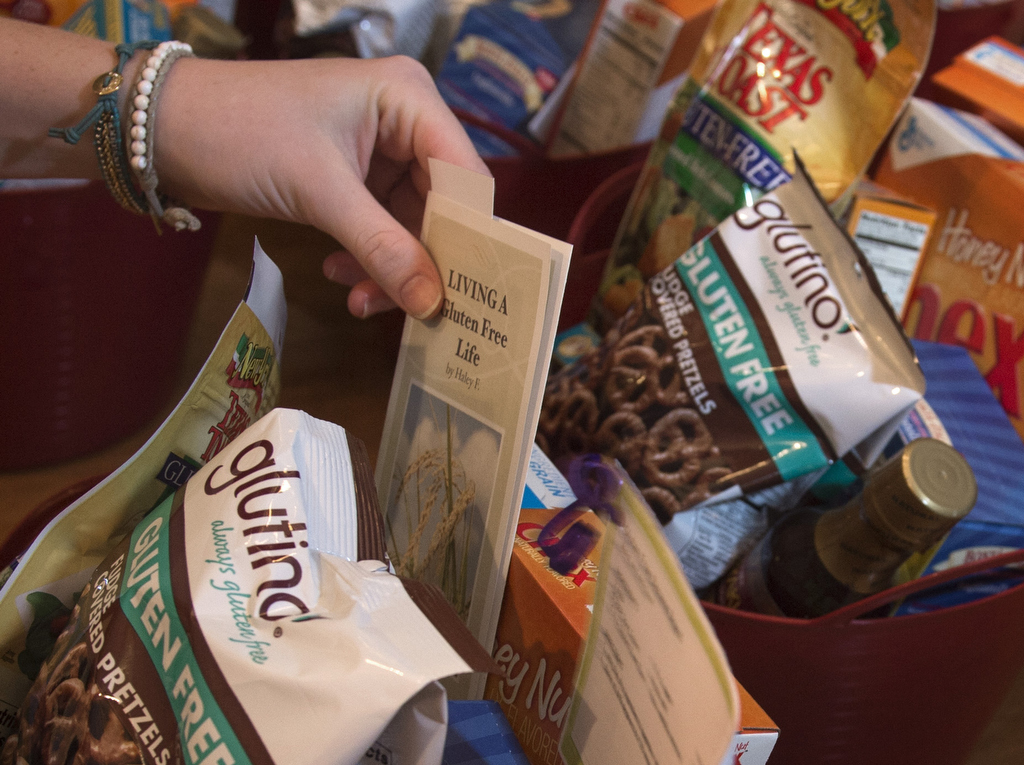
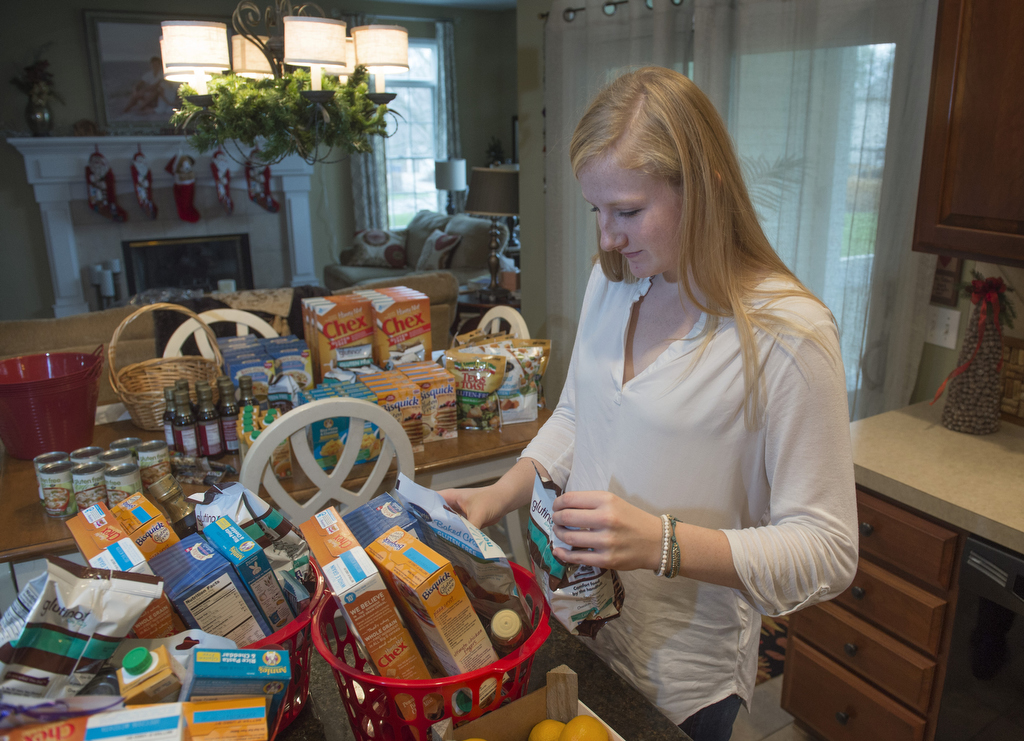


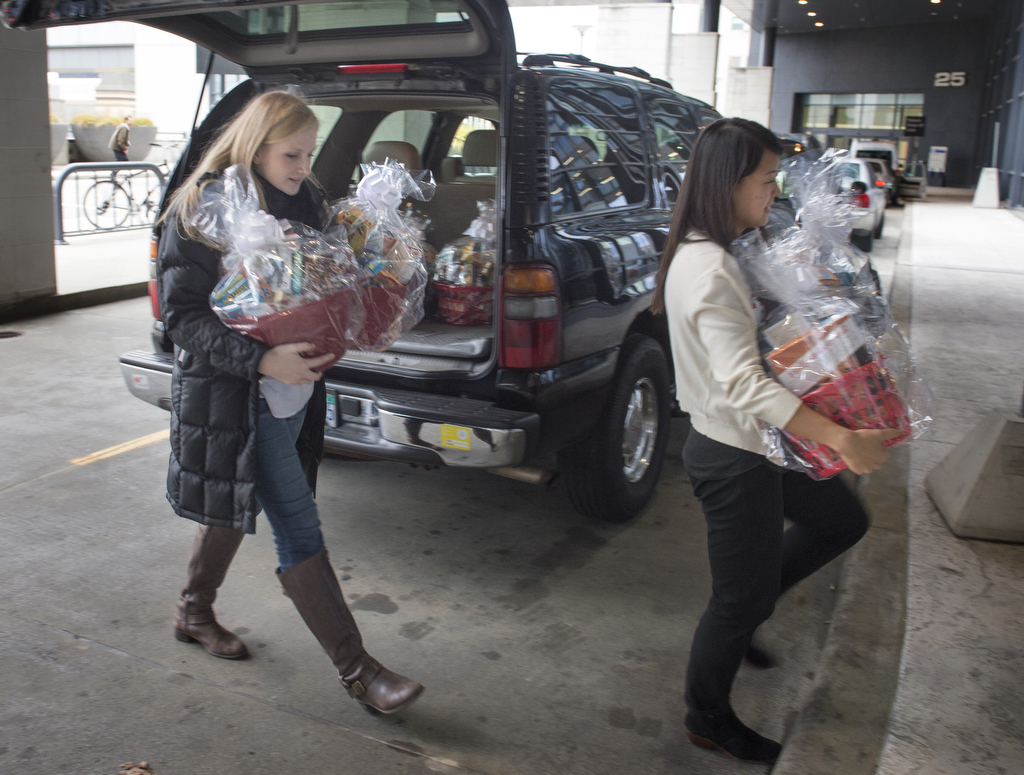


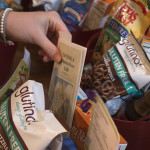
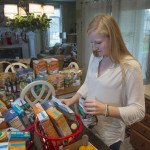
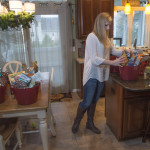


 /a>
/a>
 /a>
/a>
 /a>
/a>